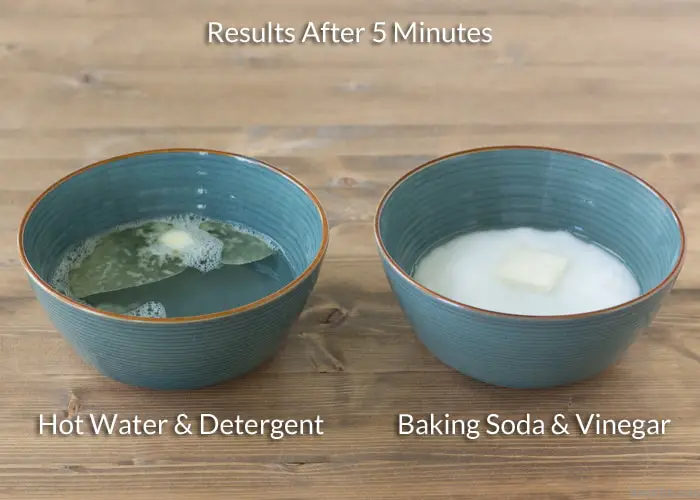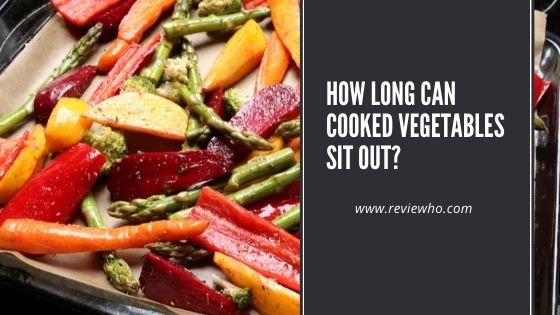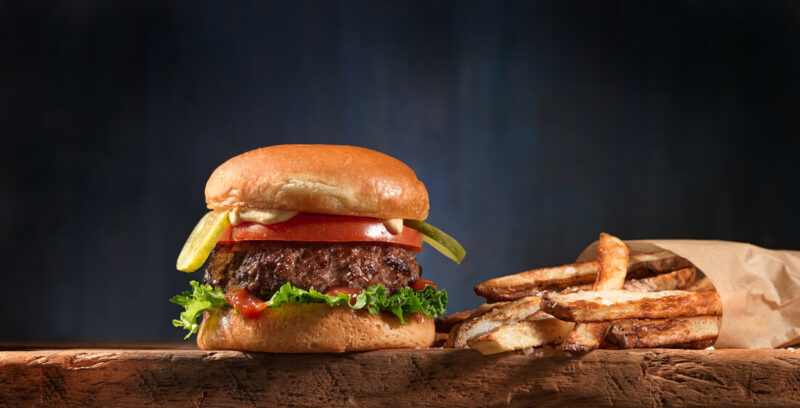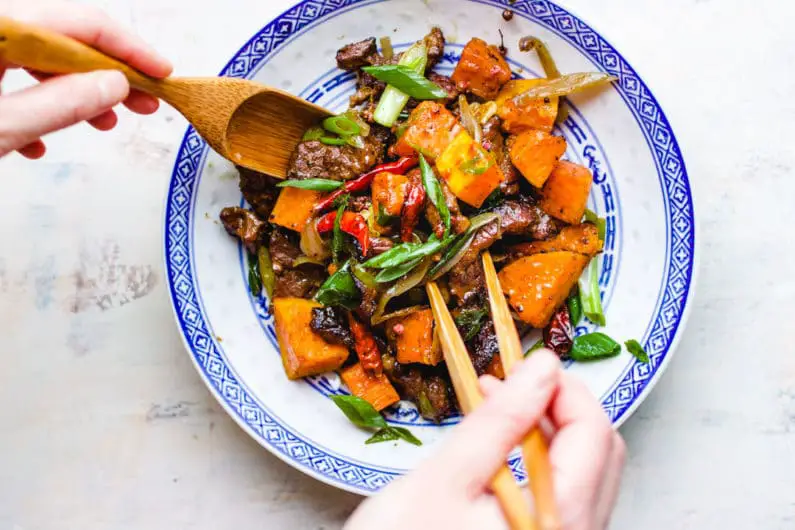Have you ever wondered how much 60g of dry rice weighs when cooked? The weight of rice can change dramatically during the cooking process, and it’s important to understand the factors that contribute to this change.
When we cook rice, it absorbs water and expands, resulting in a higher weight when cooked. However, there are several variables that can affect the final weight, including the type of rice and the cooking method used.
In this article, we will explore the different rice cooking ratios, conversions, and factors that can influence the weight of cooked rice. We will also provide tips on accurately measuring the weight of cooked rice. So, let’s delve into the details and find out more about how much 60g of dry rice weighs when cooked.
Key Takeaways:
- The weight of dry rice when cooked can vary depending on the type of rice and cooking method.
- The ratio of uncooked to cooked rice is typically 1:2 or 1:3.
- The weight of cooked rice can be influenced by the type of rice, cooking method, and water absorption.
- Accurately measuring the weight of cooked rice can be done using a kitchen scale.
- Experimentation with different rice to water ratios and cooking methods can help achieve desired consistency and weight.
Rice Cooking Ratios and Conversions
When it comes to cooking rice, understanding the appropriate ratios and conversions is key to achieving the perfect texture and consistency. The ratio of uncooked to cooked rice generally falls between 1:2 and 1:3, depending on the type of rice and the desired outcome. For instance, for every 60g of dry rice, you can expect the cooked weight to be approximately 120g to 180g.
To achieve this cooked weight, the rice to water ratio can range from 1:1.5 to 1:2.5. Using a higher ratio, such as 1:2.5, will result in a moister cooked rice, while a lower ratio, like 1:1.5, will yield a drier texture. It’s important to note that these ratios can vary slightly depending on personal preference and the cooking method employed.
Table 1: Rice Cooking Ratios
| Type of Rice | Rice to Water Ratio (Uncooked to Cooked) |
|---|---|
| Long Grain White Rice | 1:1.75 |
| Basmati Rice | 1:1.5 |
| Short Grain White Rice | 1:2 |
| Brown Rice | 1:2.5 |
It’s important to follow the cooking instructions provided on the packaging for the specific type of rice you are using. Different types of rice have varying starch content and water absorption rates, which can affect the final weight when cooked. By understanding and implementing the appropriate ratios and conversions, you can consistently achieve delicious, perfectly cooked rice.
Factors Affecting Cooked Rice Weight
When it comes to determining the weight of cooked rice, several factors can influence the final outcome. Understanding these factors is crucial to achieving the desired consistency and weight of your cooked rice. Let’s take a closer look at the key elements that can affect the weight of cooked rice.
Type of Rice:
Different types of rice have varying levels of starch content and absorption rates. This means that the weight of cooked rice can vary depending on the type of rice you use. For example, short-grain rice tends to be stickier and denser when cooked, resulting in a higher weight compared to long-grain rice. Factors like the size, shape, and processing of the rice grains can also contribute to the variations in cooked rice weight.
Cooking Method:
The cooking method you choose can also impact the water absorption and resulting weight of the cooked rice. Boiling, steaming, and using a rice cooker are common methods employed in rice preparation. Each method has its own effect on the moisture content of the cooked rice, which can ultimately affect its weight. For example, steaming rice may result in a lighter and fluffier texture compared to boiling, which can yield a more compact and heavier result.
Water Absorption:
The amount of water you use when cooking rice and the cooking duration play a significant role in determining the moisture content and weight of the cooked rice. The rice grains absorb water during cooking, which causes them to swell and increase in weight. By adjusting the rice to water ratio and cooking time, you can control the water absorption and achieve the desired weight and texture of the cooked rice.
| Factors | Impact on Cooked Rice Weight |
|---|---|
| Type of Rice | Can result in variations in cooked rice weight due to differences in starch content and absorption rates. |
| Cooking Method | The chosen cooking method can influence the moisture content and weight of the cooked rice. |
| Water Absorption | The amount of water used and cooking duration affect the moisture content and weight of the cooked rice. |
Tips for Accurately Measuring Cooked Rice Weight
When it comes to measuring the weight of cooked rice, accuracy is key. Here are some tips to ensure you get an accurate measurement:
- Use a kitchen scale: To get the most precise measurement, it’s recommended to use a kitchen scale. Allow the cooked rice to cool slightly before weighing to avoid the steam affecting the measurement.
- Zero out the scale: Place a clean container or plate on the scale and zero it out to account for the weight of the container. This way, you can measure only the weight of the cooked rice.
- Transfer the rice carefully: Transfer the desired amount of cooked rice to the container on the scale and record the weight. Be gentle when transferring the rice to avoid any spills or loss of weight.
If a kitchen scale is not available, you can make a rough estimate using household items as references. For example, a deck of cards or a fist can represent approximately 1 cup of cooked rice.
Table: Rough Estimate of Cooked Rice Weight
| Household Item | Approximate Weight of Cooked Rice |
|---|---|
| Deck of Cards | Approximately 1 cup (around 180g) |
| Fist | Approximately 1 cup (around 180g) |
Keep in mind that these estimates can vary depending on factors such as rice type and how tightly packed the rice is in the container. For the most accurate measurement, a kitchen scale is recommended.
Conclusion and Final Thoughts
In conclusion, determining the weight of 60g of dry rice when cooked requires careful consideration of various factors. The type of rice, cooking method, and water absorption all contribute to the final weight of the cooked rice. While there is no exact weight conversion, a general range for 60g of dry rice would be approximately 120g to 180g when cooked.
To accurately measure the weight of cooked rice, we recommend using a kitchen scale. This ensures precise measurements and eliminates any guesswork. Alternatively, if a scale is not available, rough estimates can be made by comparing the cooked rice to common household items.
Experimenting with different rice to water ratios and cooking methods can help achieve the desired consistency and weight of cooked rice. It’s important to follow the cooking instructions specific to the type of rice being used for optimal results. With practice and attention to detail, you can master the art of cooking rice to perfection.
FAQ
How much does 60g of dry rice weigh when cooked?
The weight of 60g of dry rice when cooked can vary depending on the type of rice and how it is cooked. However, a general range would be approximately 120g to 180g when cooked.
What is the rice to water ratio for cooking rice?
The ratio of uncooked to cooked rice is typically 1:2 or 1:3 depending on the type of rice and the desired consistency. This means that for 60g of dry rice, the cooked weight would be approximately 120g to 180g. The rice to water ratio can vary from 1:1.5 to 1:2.5, with the higher ratio resulting in a moister cooked rice.
What factors can affect the weight of cooked rice?
The weight of cooked rice can be influenced by several factors, including the type of rice, cooking method, and water absorption. Different types of rice have different levels of starch content and absorption rates. The cooking method, such as boiling, steaming, or using a rice cooker, can also affect the water absorption and resulting weight of the cooked rice. The amount of water used during cooking and the duration of cooking can also impact the moisture content and weight of the cooked rice.
How can I accurately measure the weight of cooked rice?
To accurately measure the weight of cooked rice, it is recommended to use a kitchen scale. Allow the cooked rice to cool slightly before weighing to avoid steam affecting the measurement. Place a clean container or plate on the scale and then zero it out to account for the weight of the container. Transfer the desired amount of cooked rice to the container and record the weight. If a kitchen scale is not available, a rough estimate can be made by comparing the cooked rice to common household items, such as a deck of cards or a fist, which can represent approximately 1 cup of cooked rice.
What should I consider when determining the weight of cooked rice?
When determining the weight of cooked rice, it is important to consider the type of rice, cooking method, and water absorption. Different types of rice may require different rice to water ratios and cooking times. Following the cooking instructions specific to the type of rice being used will help achieve the desired results.




